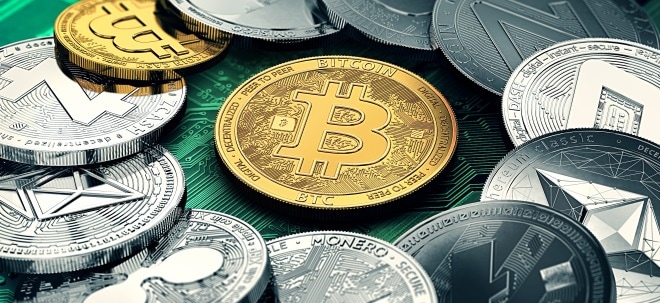solar investment pledge to $100bn by 2022
02 JANUARY 2015 MARKETS & TRENDS, INDUSTRY & SUPPLIERS, GLOBAL PV MARKETS, FINANCIAL & LEGAL AFFAIRS, TOP NEWS
BY: IAN CLOVER
Indian PV installation.India's cumulative PV capacity stands at around 3.3 GW, but its plans for the next seven years are supremely ambitious.Ministry of New and Renewable Energy, India
Pro-solar PM Narendra Modi instructs officials to target 100 GW of PV by 2022, with more than $100 billion steered towards solar.
Narendra Modi – the solar-supporting Prime Minister of India – has targeted his government to reach 100 GW of solar PV capacity by 2022, and has pledged more than $100 billion towards meeting that goal.
According to Reuters, a senior official in the Modi government told the news agency that Modi is keener than ever to see solar PV become India’s leading source of energy sooner rather than later as the country battles to meet rising demand and tackle the frequent power outages that threaten to hamper economic growth.
Previously, the Modi government had earmarked $100 billion for all renewables, including thermal, hydro and wind power, but the PM appears increasingly sold on the notion that solar PV is the way to go.
With renewable energy contributing to less than 1% of India’s energy mix currently – and with the country boasting vast areas of high solar irradiation – there is huge potential to develop India’s solar resource.
To do so, India is more than happy to turn to the industry’s big players in Germany, Japan, China and the U.S. to lead the solar charge.
Current installed capacity in India is around 3.3 GW, with 2014 a reasonably successful year. However, current figures are a mere drop in the ocean on India’s overall PV plans, said the head official of the Ministry of New and Renewable Energy (MNRE), Upendra Tripathy.
Should India reach the target of 100 GW of PV by 2022 then solar would account for 10% of the country’s energy generation capacity, taking it above Germany – for which solar accounted for 6% of total power generated last year – and Italy, which draws around 8% of its power from solar PV.
The ambition of Modi’s solar goal should be applauded, Tripathy told Reuters, revealing that the previous $100 billion investment figure would have seen two-thirds of those funds steered towards wind power. “But if you do not have a higher [solar] goal, you will not achieve anything,” said Tripathy.
Foreign investment
Reuters also reported that a number of leading Chinese and U.S. solar companies are viewing India as the transformative solar market for 2015. Both JA Solar and Canadian Solar are planning on manufacturing cells and modules in India this year, with JinkoSolar also making similar noises.
SunEdison and First Solar – two leading U.S. solar companies – already boast a legacy presence in the country, with both expected to invest around $6 billion combined in India before the end of the fiscal year in April. Tripathy told Reuters that the government is anticipating around $14 billion in foreign solar investment annually from April this year.
One of solar’s main hurdles in India has been cost. Coal is notoriously cheap in India, and at around 50% more expensive, solar has not yet captured the public’s imagination.
However, with falling system costs and improving PV efficiencies, allied to cheaper capital and rising tariffs on thermal suppliers, solar PV is becoming an ever-more attractive option for civilians and small businesses.
Further, Modi is also planning a series of high-profile visits to the U.S. and Japan this year, following last year’s successful trips that saw the PM promise to lower the barriers of entry to India’s solar market.
“Their basic problems are: who is the buyer, where is the land, and can India have a regime where they can raise low-cost capital?” concluded Tripathy. “These three issues have to be addressed and we are addressing them.” |


 Thread abonnieren
Thread abonnieren

